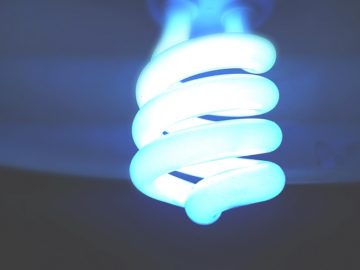
LED lighting is changing the way we live, work, and learn. Here’s what you need to know about the ground-breaking, energy-saving lighting.
You’ve probably heard a lot of the LED lighting. Is it a trend? Is it a new lighting system? Does it really save energy? Will it be the new way we illuminate our lives? The truth could be a combination of these things, but the fact is that it’s an innovative invention that uses light-emitting diodes in a semiconductor device. LED lighting is changing the way we live, work, and learn. Here’s what you need to know about the ground-breaking, energy-saving lighting.
Overview
LED stands for light-emitting diode. It works by emitting light when an electrical current passes through the semiconductor device that houses it. If you’re more familiar with lights that work by converting visible light into an electrical current, think of LED as the exact opposite.
Tech Specs
The materials that LED lights are composed of are called p-type and n-type. They are both created when the original materials are introduced to atoms of another element. These materials are also known as astringent materials and have been dipped into a doping agent that slightly alters their electrical properties. P-type materials are created from elements that have fewer valence electrons while n-type materials are created from elements that have more valence electrons. Examples of each are boron and phosphorus, respectively. From these materials comes a p-n junction, the properties of which depends on the external voltage and the direction of the current.
How It Applies to LED Lighting
Now that the complicated details are out of the way, here’s how that information applies to LED lighting. When a light-emitting diode is given a voltage source, a current will flow, and light will be emitted. This process is called forward bias. This can only occur when the voltage sources are connected to the positive side of the anode and the negative side of the cathode. If the positive and negative sides are connected inversely, then the current cannot flow. This is called reverse bias. The practical uses of LED lighting are limitless thus far and are found in residential, commercial, and outdoor settings.
COMMERCIAL LED LIGHTING SERVICES FROM CMI
Are you in need of electric or lighting services for your commercial facility? CMI Companies is here to help! With over 35 years in the industry, CMI has an array of equipment to handle the logistics of any in-house job. We also frequently provide solutions to property managers and upcoming developments. CMI Companies provides services in Mid-Atlantic Region and proudly serves clients in Northern Virginia, Maryland, Richmond, Southern Virginia, Manassas, Prince William County, Fairfax County, Rockville, and Prince George’s County. Also, check us out on Google +, Facebook, Twitter, and LinkedIn.
